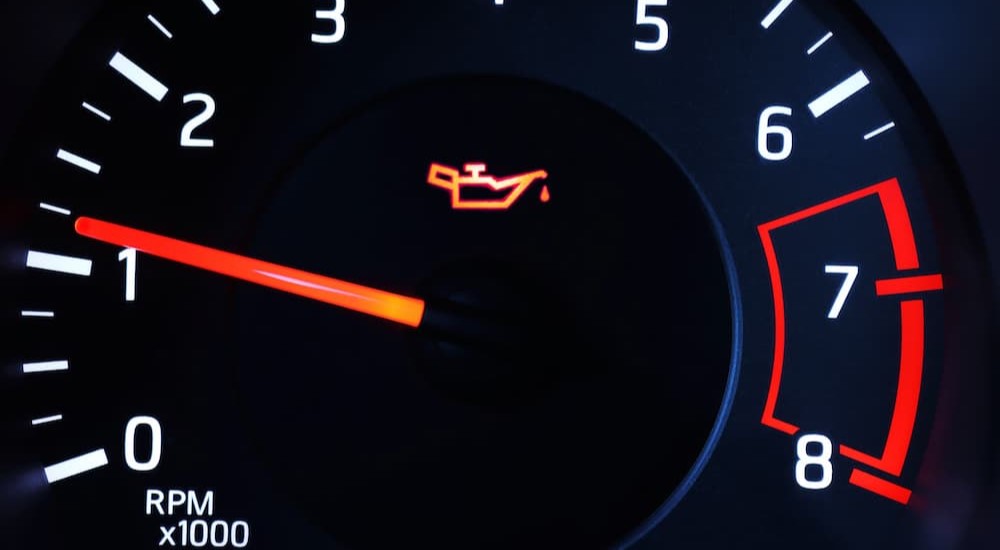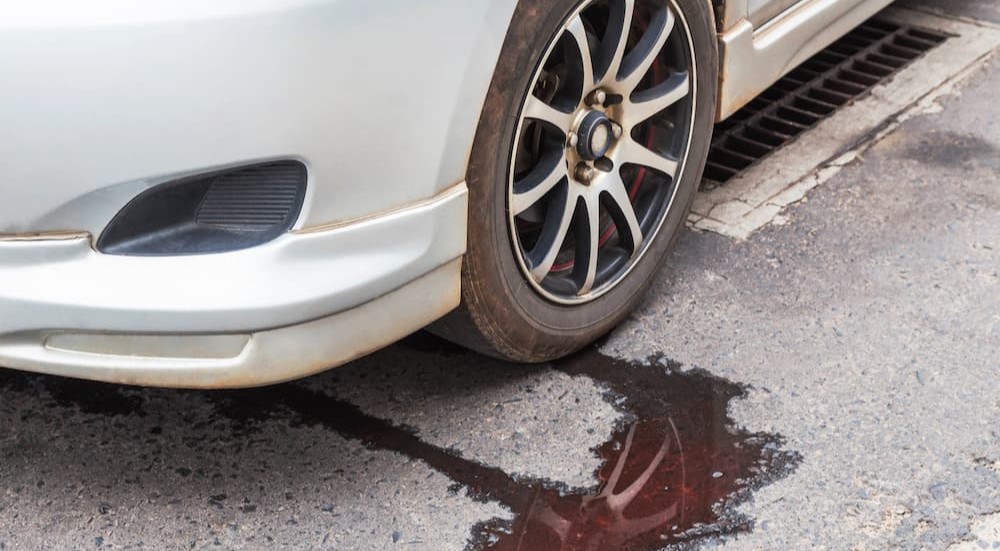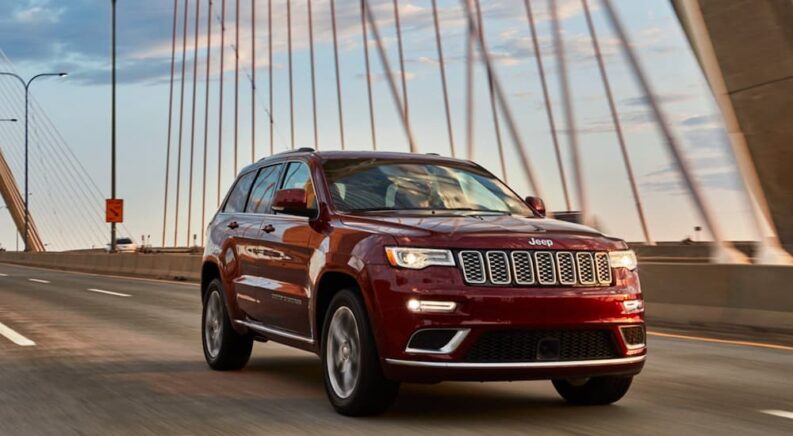Are you looking at used cars, trying to decide which one fits your needs? A used car is a great way to save money while getting some premium features without hurting your wallet. But, every experienced car buyer knows that buying a pre-owned car can present a few potential risks to drivers. That is why doing your homework is a great way to educate yourself on the basics of picking out a used car. Knowing how to spot red flags can save you frustration and disappointment, not to mention hundreds of dollars on a repair you could have otherwise avoided if only you had known to look or ask.
To help minimize risk next time you’re shopping for a vehicle, check out our checklist for buying a pre-owned car. Not only could it save you time and money, but also give you a confidence boost when you find yourself navigating the tricky world of pre-owned vehicles. If buying a used car has you stressed out, relax; we’re here to help. You don’t have to be an auto expert to purchase a great pre-owned vehicle.
Don’t Be Afraid to Ask
You have your dream car all picked out. It looks good in the picture, but before you pull the trigger and get financing in order, it’s always good to ask questions. You want to know as much about the used car you are buying as possible.
Asking questions before you see the car in person is easier than ever, thanks to the convenience of online messaging, emails, and even texting. Check with the dealer to see what is available. Many have a team member online ready to chat when you need help or have questions. Ask about the mileage, its accident and repair history, if there is any visible damage, etc. Basically, if your questions aren’t explicitly addressed in the online listing, it’s good to double-check before you go to view the vehicle in person.
Always Look For Yourself
If everything sounds good, head to the dealer. There is no better way to get a feel for a car’s condition than in person. Take a good look at the exterior. Keep an eye out for scratches, dents, or rust that might not have been noted in the car’s online description. While it might seem like something minor, you want to make sure for your sake that it won’t lead to something big like a major repair or decreased value. See a chip in the glass? Make sure it’s not something that can lead to additional cracking and issues down the road.
Check out the car’s panels to ensure they line up properly. Mismatched exterior panels could indicate damage and repair. Looking at the vehicle’s CarFax history report will give you an idea of where the car has been. Most dealers will provide a used car report. If not, remember Tip One: don’t be afraid to ask! It’s your time and money; make sure you get the most for it.
Make sure you look over the car’s sticker information. It can affirm information like the car’s price, mileage, and condition. If the tag states the vehicle is for sale “as is,” double-check with the dealer to see exactly what that means, as it could indicate a potential underlying issue that the dealer doesn’t cover. If the sticker says the car is sold with a warranty, take the time to see what the warranty covers and what it doesn’t.
Don’t Forget the Tires
The condition of a car’s tires can say a lot about where the car has been, the care it’s been given, and if it’s in good condition to drive. If the vehicle you’re looking at has low mileage (less than 20,000), it might still have the original tires. Check out the tires’ brands and see if they all match. If they don’t, it indicates at least one has been replaced. It doesn’t hurt to find out what happened to the original tire and if there is an issue you need to be aware of. If you don’t see a spare, ask if the car comes with one and where it is located. Look at the tread and see if the wear of the tires is even or not. This can indicate how the car was driven in the past, if the tires have been rotated, if one has been replaced, or if the tires have been over- or under inflated. The condition of a car’s tires can tell a lot about its care and drive history, so learning to read the signs is always worth the effort.

Under the Hood
You might not be a car expert, but it doesn’t hurt to be aware of the basics so you can at least have a general understanding of what to look for when shopping for a pre-owned vehicle. Pop the hood and see what you’re dealing with.
Feel free to ask about the car’s maintenance schedule and when it last had its oil changed and fluids replaced. While clean motor oil should be black or dark brown, make sure that it doesn’t have grit in it. A lighter honey color can tell you the oil was only recently changed. While you might expect dust or a little grime under the hood, if you see corrosion, rust, hanging hoses, frayed wires, or what looks like leaking fluid, make sure you point it out and have it taken care of before you buy.
Check the Interior
No matter how reputable the dealer is, it never hurts to give the car a good look outside and inside. Open and close each door, and make sure they seal properly. Do the same with the windows. Roll each up and down to make sure the rubber seal is good and the controls work. Go over the dashboard and check that there are no warning lights when the car is turned on. Make sure the interior lights all work. Confirm that the exterior lights all work as well when flipped on from the inside.
Look over the upholstery and note any stains, burns, or holes—all of which could play a part in price negotiations later. If the interior smells damp or you notice water stains, this could indicate a leak somewhere. Make sure the truck opens and closes securely as well. Last but not least, it doesn’t hurt to match the odometer with the miles displayed in the car’s ad or sticker to make sure everything lines up.
If the interior and exterior look in good condition, it’s time for a test drive!
Getting Behind the Wheel
Taking a potential new vehicle for a test drive can give you a real feel for the car and whether or not it’s comfortable for you. Check the seat adjustments and steering wheel placement to make sure it fits you. If you’re tall, a small car might not be as comfortable as a midsize sedan or SUV. If you want to enjoy your daily drive, make sure the model is a good fit from the start. Once you’ve started the car, double-check that no dash lights flash on, such as the “check engine light.” If this happens, make sure the dealer addresses the problem.
Taking the vehicle for a drive will give you a feel for how it handles and brakes. Listen for any unusual sounds such as clunking, squealing, or grinding since this can indicate an issue like worn down brake pads or a loose tie ride. Go down roads that require stop-start braking and a highway if you can. Varying speeds and road conditions will give you an excellent overall picture of the vehicle’s transmission.

Always Look for Leaks
Look at where the car was parked before your test drive and after you stop and park. Be on the lookout for stains or current leaks. If you see something, make sure you bring it up with the dealer in case they are not aware of the issue. Checking under the car or the hood for signs of splashed fluids, corrosion, or strange odors could save you money in repairs later on. If you sense there is a problem, don’t be afraid to point it out since it’s always better to be safe than sorry.
Getting Ready to Buy
Going over a mental checklist can help drivers keep important factors in mind when purchasing a used vehicle. After all, getting a new-to-you vehicle is exciting, and it’s tempting to overlook certain areas or cut corners when all you want to do is get behind the wheel.
Knowing what to look for inside and out can ensure you get the most for your money. Double-checking information, getting a CarFax history report, and shopping with a dealer that has a good reputation can all ease the risk of buying pre-owned.
Buyers looking for a used car should never be afraid to ask questions, point out potential issues, and ensure they are not rushed into deciding before they are ready. If you want to get a great car and minimize the risk when buying used, taking the extra few minutes to inspect the interior and exterior and go for a test drive is more than worth your time and money.

